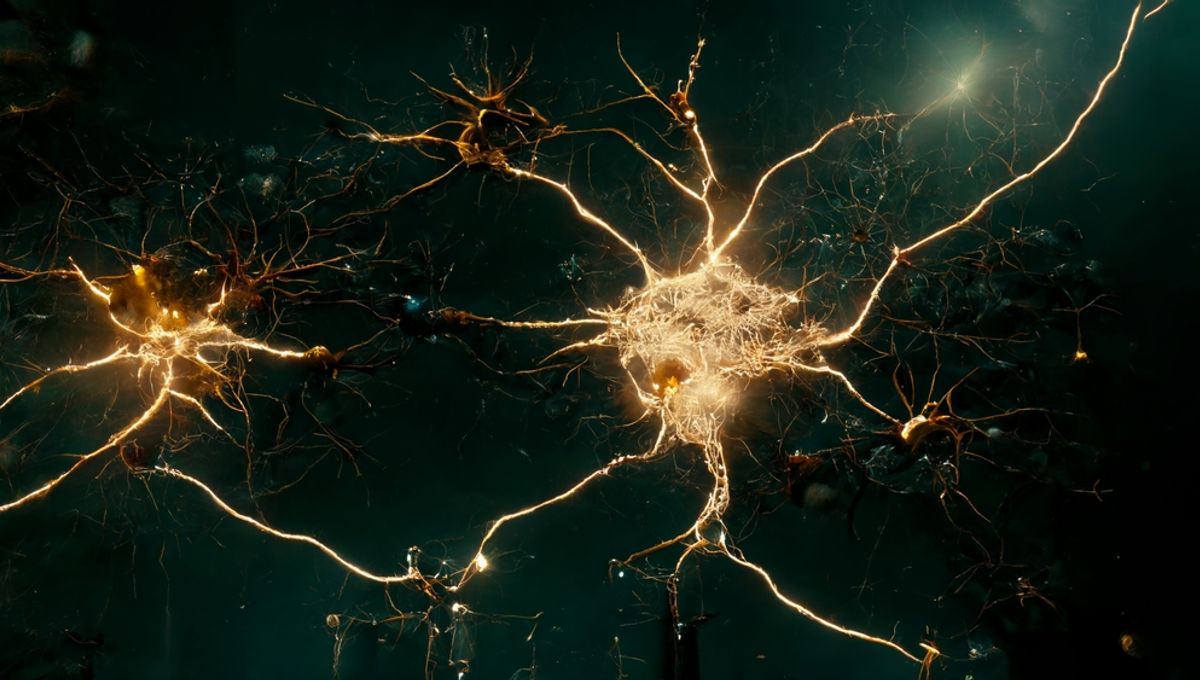
Use it or lose it – that’s the motto when it comes to connections between neurons, AKA synapses, and we now have more insight into this process. It’s established that a frequently firing connection is strengthened, whereas lesser-used ones are “pruned” off. However, the exact molecular mechanism behind this competitive process has been unclear. Now, a new study has revealed a potential answer.
“We looked into using mouse mitral cells, a type of cell housed in the olfactory bulb, the brain center involved in our sense of smell. In adults, mitral cells have a single connection to a signaling waystation called the glomerulus. But in early development mitral cells send branches into many glomeruli. As time progresses, these branches get pruned to leave a single strong connection. In the end, the mitral cells can sniff out only a specific type of smell,” first author of the study Satoshi Fujimoto explained in a statement.
For the mice used in this study, this process is complete for most mitral cells by day 6 after birth. In the human brain, the vast number of neuronal connections made during early life are also refined over time by pruning.
“Hebbian plasticity explains how some synapses are strengthened; however, it is not fully understood how other synapses are actively eliminated,” the authors of the study write. Some possible mechanisms linking neuronal activity and synaptic pruning have been suggested before, including in a review article from 2021 that mentions the JAK2–STAT1 signaling pathway and local changes in calcium levels. However, this paper puts another idea forward.
“We found that in the mitral cells it was the signaling from glutamate that was essential for pruning. When glutamate binds to its receptor NMDAR [N-methyl-D-aspartate receptor] in a dendrite [a projection that receives signals from other neurons], it suppresses the pruning machinery molecule called RhoA,” a protein that is involved in regulation of cell shape, attachment, and reorganization of the cell’s actin cytoskeleton, Fujimoto said. “This ‘save-me’ signal is important to protect it from pruning.”
This signaling pathway doesn’t treat the other dendrites quite as well, triggering RhoA to be activated for them rather than suppressed. However, the authors caution that “NMDARs are not considered critical for synaptic function in some systems, including neuromuscular junctions […] It remains to be determined whether the same principle is involved in these systems.”
“This ‘punishment’ signal for synapse elimination only acts on non-protected synapses, and it explains how only a strong connection becomes the winner and all the others mediating weak and noisy inputs become the losers,” study author Professor Takeshi Imai, who led the research, said.
“A common phrase in neural circuit remodeling is ‘fire together wire together’ and ‘out of sync, lose your link,’” Imai explained. “Proper pruning of neuronal connections is just as important as the strengthening of the network. If it goes awry in either direction it can lead to different kinds of neurophysiological disorders. Too few connections have been linked to schizophrenia, whereas too many connections have been found in people with autism spectrum disorder, for example.”
“To understand these sorts of pathologies we need to look carefully at every step of development,” Imai said.
The study is published in the journal Developmental Cell.
Source Link: How Loser Synapses Get A "Punishment Signal" To Get Pruned Off